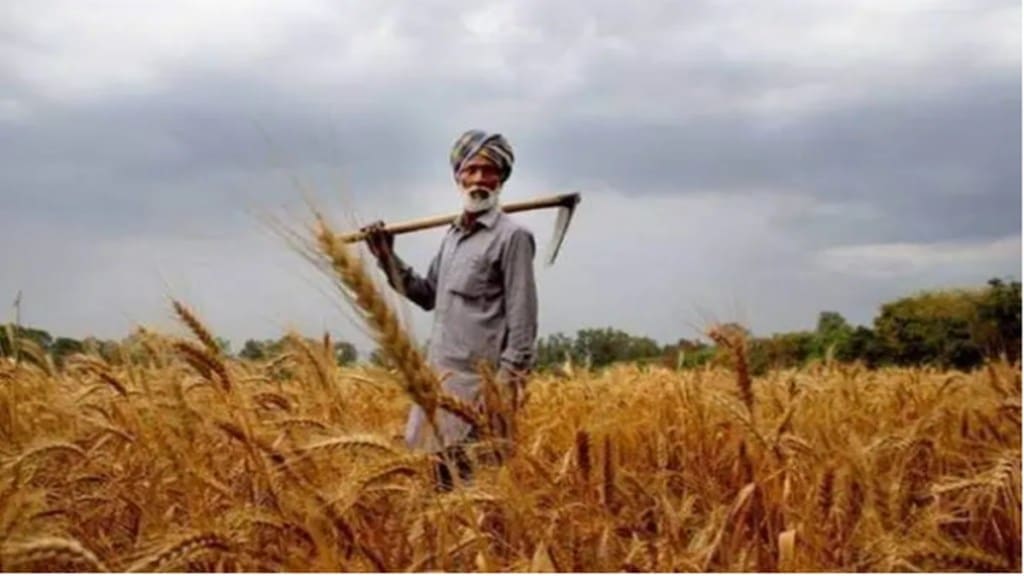After setting new records for six years in a row, India’s kharif foodgrain production is likely to fall in the current year, owing to a decline in paddy and pulses sowing areas.
As of Friday, sowing of summer crops was around 1.5% below the year-ago level, with the fall in paddy area being 6%. Area under paddy in West Bengal, the largest rice-producing state, was down by more than 12.5% on year.
Paddy sowing has been hit mainly because of severe deficiency in monsoon rainfall against the benchmark in key states: Uttar Pradesh (-44%), Bihar (-41%) and West Bengal (-18%).
Lower paddy sowing has raised concerns over rice production for the 2022-23 crop year (July-June), which would be 6-10 million tonne (MT) less than last year’s record level of 129 MT, according to trade estimates.
There are also concerns that prices may rise if kharif production declines, as the season accounts for around 80% of the country’s rice production.
According to agriculture ministry data, overall kharif crops, such as paddy, pulses, oilseeds, cotton and nutri-cereals, have been sown in 104.5 million hectare (MH) as on Friday against 106.1 MH reported a year ago. According to agriculture ministry officials, kharif sowing activities have been largely completed.
Overall paddy sowing area was reported at 36.7 MH, which was 6% less than a year ago. Average annual area under kharif paddy between 2016-17 and 2020-21 was 39.7 MH.
Also read: Direct tax collections rise 33% till August 24
Area under paddy sowing in West Bengal, the biggest rice producing state, was 3.6 MH till Friday, which was 12.5% less than the same period last year. West Bengal produced 16.6 MT of rice, more than 13% of the country’s total grain production of 122.2 MT in the 2020-21 crop year.
Other key producing states which have reported less area under paddy sowing compared to the previous year include Jharkhand (1 MH), Chhattisgarh (0.3 MH), Bihar (0.2 MH), Uttar Pradesh (0.2 MH) and Odisha (0.2 MH).
However, among key producing states, Telangana and Andhra Pradesh have reported marginally higher area under paddy so far compared to previous year.
Oilseeds such as soyabean and groundnut have been sown in 18.6 MH, which is marginally less than last year. Pulses have been sown in 5% less area than last year. India imports about 56% of its edible oil requirement, while around 15% of domestic pulses consumption is met through imports.
Cotton sowing has been up by 6% so far while sugarcane planting has been marginally higher than last year.
According to India Meteorological Department, cumulative monsoon rain between June 1 and August 26 was 717 mm which was 8% (above normal level) more than the normal benchmark – long period average (LPA) of 664 mm.
While several regions in southern, central and north-western India have witnessed waterlogging and flood-like situations, deficient rainfall in Uttar Pradesh, West Bengal, Bihar and Jharkhand have severely impacted sowing, especially of paddy, officials said.
Also read: Over 281 mn registered on e-shram portal
“We can assess the impact of imbalance in rainfall pattern on kharif crops yield only by middle of September,” an official said. Agriculture ministry will release the first advance estimate of kharif crops for the 2022-23 crop year (July-June) next month.

